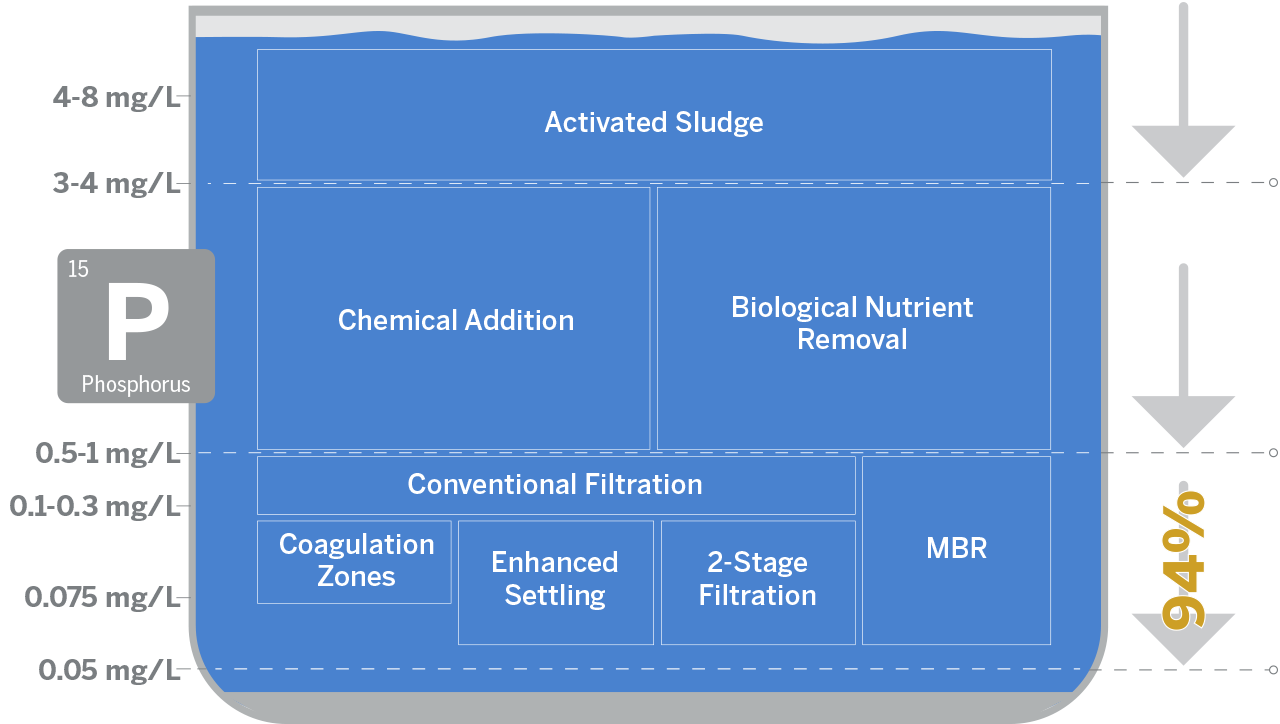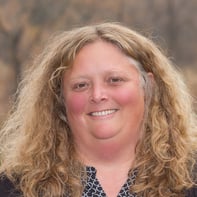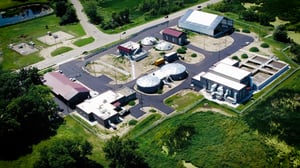Faced with the one of the most stringent nutrient limits in Minnesota and seven years to comply, the City of Detroit Lakes made long-term plans for its wastewater treatment facilities.
Below, we explore these limits and how the City proactively planned for and secured its future.
Not Easy, Not Alone
Like many cities, the City of Detroit Lakes navigated a complex nexus of aging infrastructure, population growth, new regulations, funding challenges and environmental considerations.
It’s not easy.
“Finding the best solution for any given challenge has more variables than a generation ago,” says Project Manager and Wastewater Engineer Susan Danzl. “The truth is, everything is connected. We have a responsibility, and an opportunity, to plan infrastructure that positively impacts current and future citizens – and the world.”
For Detroit Lakes, this meant developing a long-term wastewater facilities plan that addressed its aging infrastructure and accommodated growth throughout the next few decades, while also considering user rates and available funding.
It also meant further protecting the City's water beneficial uses – like fishing and swimming – by reducing nutrient loads to extremely low levels.
Technology played a key role in meeting a reduction of this magnitude.
– Susan Danzl, PE*
94% Reduction Required
In 2013, the Minnesota Pollution Control Agency (MPCA), a regulatory agency dedicated to protecting Minnesota’s many water resources, directed the City to decrease the phosphorus content of the wastewater effluent in order to preserve area water quality.
Specifically, a study conducted by the MPCA revealed phosphorus levels from various sources were affecting a nearby body of water, Lake St. Claire, that was placed on the impaired list due to high levels of excess nutrients. The nutrients were causing algal blooms.
As a result, the City was faced with a new total maximum daily load (TMDL), a regulatory term describing the maximum amount of a pollutant that a body of water can receive while still meeting water quality standards.

The City needed to reduce the phosphorous entering Lake St. Claire, not just by a little but, in fact, by 94% – from 1 milligram per liter to .066 milligrams per liter, which is the concentration equivalent to the mass load limit the City received in its discharge permit at future projected flows.
Why Such Low Limits?
“There are other cities in Minnesota facing similar limits, but this was one of the lowest in the state,” says Senior Professional Engineer Jessica Hedin, who assisted in developing the long-term wastewater facilities plan.
The low limit came from guidelines established at a national level by the Environmental Protection Agency (EPA). These guidelines are currently being handled by each state individually. In Minnesota, this took the form of two key regulations.
The question became, 'How do we find the most sustainable, most reasonable way to comply?'
–Jessica Hedin, PE*
Arriving first, in 2008, were the Lake Eutrophication Standards. Then, in 2014, an additional regulation came into effect, the River Eutrophication Standards. Combined, these standards are driving change in the wastewater treatment industry and others.
In fact, efforts were made to overturn these significantly low nutrient limits but were consequently denied by the Minnesota Court of Appeals.
“The question became, 'How do we find the most sustainable, most reasonable way to comply?'” says Jessica.
What did the City do to meet these stringent wastewater regulations while also serving the community far into the future?
Weighing Options, Arriving at a Plan

SEH wastewater professionals assisted the City in looking at the options and identifying the most cost-effective approach to meet the limits. Alternatives included:
- Relocating discharge – Could limits be less stringent at a different point of discharge?
- Relocating the facility site – If limits do vary with discharge location, then where is the ideal location for treatment? Is there enough room at the existing site to construct new technologies and keep the plant in operation during construction?
- Seasonal versus year-round discharge – Would continuing a seasonal discharge provide a cost savings?
- Applying innovative treatment technology – What treatment options are available to achieve the limits at the various discharge locations?
Looking at the alternatives side by side, they discovered that costs associated with moving the facilities or discharge were high. The proposed long-range plan involved leaving the plant and discharge where they currently are, but getting more serious about treatment.
How Low Can You Go?
How do you move from 1 milligram per liter to .066 milligrams per liter?
To meet the extremely stringent nutrient limit at the current location, the City had to incorporate a range of new and emerging technologies.
“Technology played a key role in meeting a reduction of this magnitude,” says Susan.
According to Susan, a combination of innovative wastewater technologies and processes were implemented in tandem in order to reduce nutrient load to low levels, including enhanced tertiary processes coupled with biological nutrient removal.

Conclusion
As the City progressed with its wastewater treatment facilities and prepared for the next few decades, the City of Detroit Lakes Public Utility serves as a role model for other communities affected by extremely stringent nutrient load regulations.
About the Experts

Susan Danzl, PE*, is a wastewater engineer with experience in planning, evaluation, design and construction of wastewater treatment facilities. Her experience with wastewater treatment encompasses small and large facilities, including retrofits as well as new treatment facilities.
*Registered Professional Engineer in CA, CO, MN VA.

Jessica Hedin, PE*, is a wastewater engineer with experience in planning and design of industrial and municipal wastewater treatment facilities. Her experience with wastewater treatment includes anaerobic and activated sludge systems, headworks, ultraviolet disinfection and biosolids handling.
*Registered Professional Engineer in MN.

.png?width=113&name=SEH_Logo_RGB%20(1).png)

